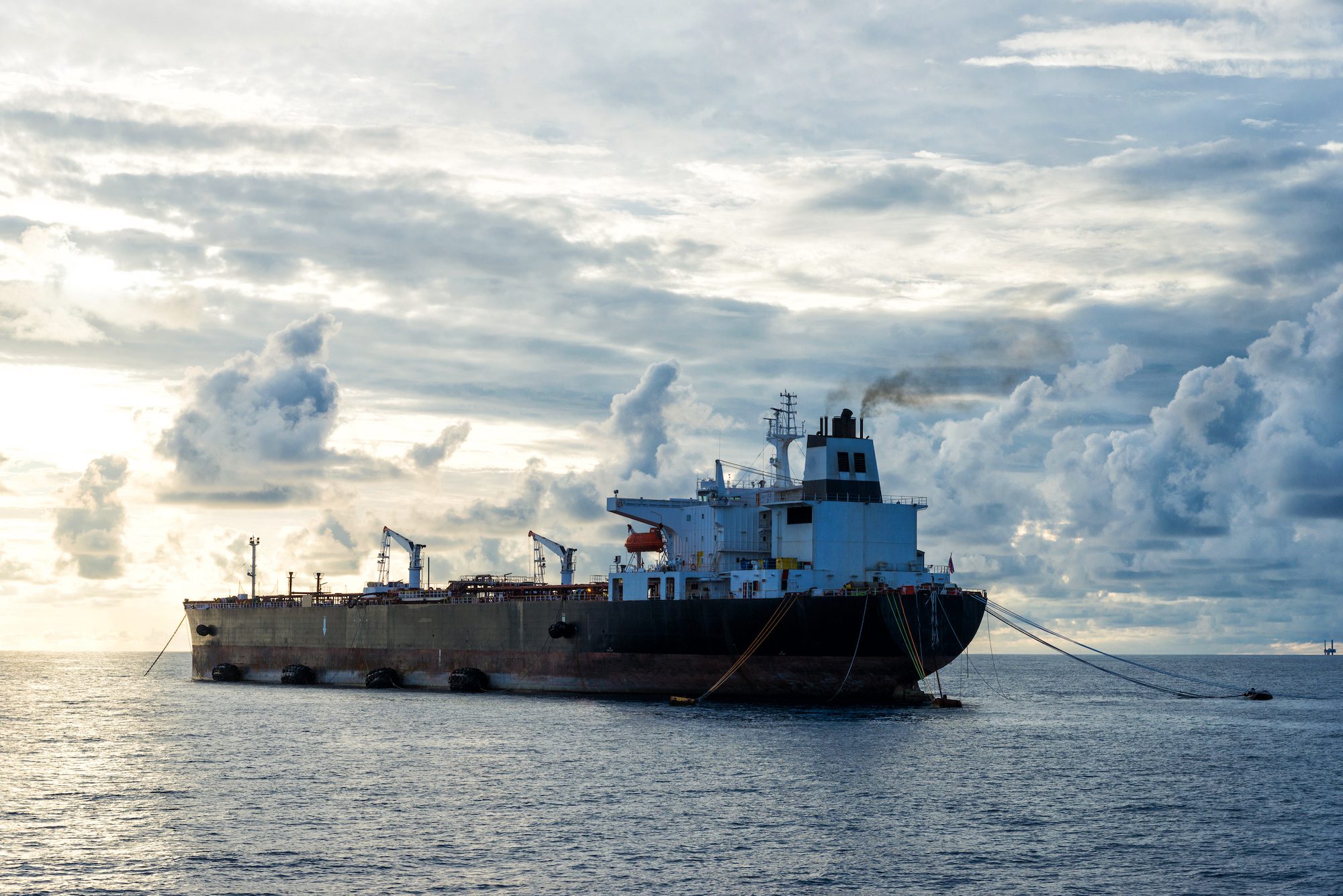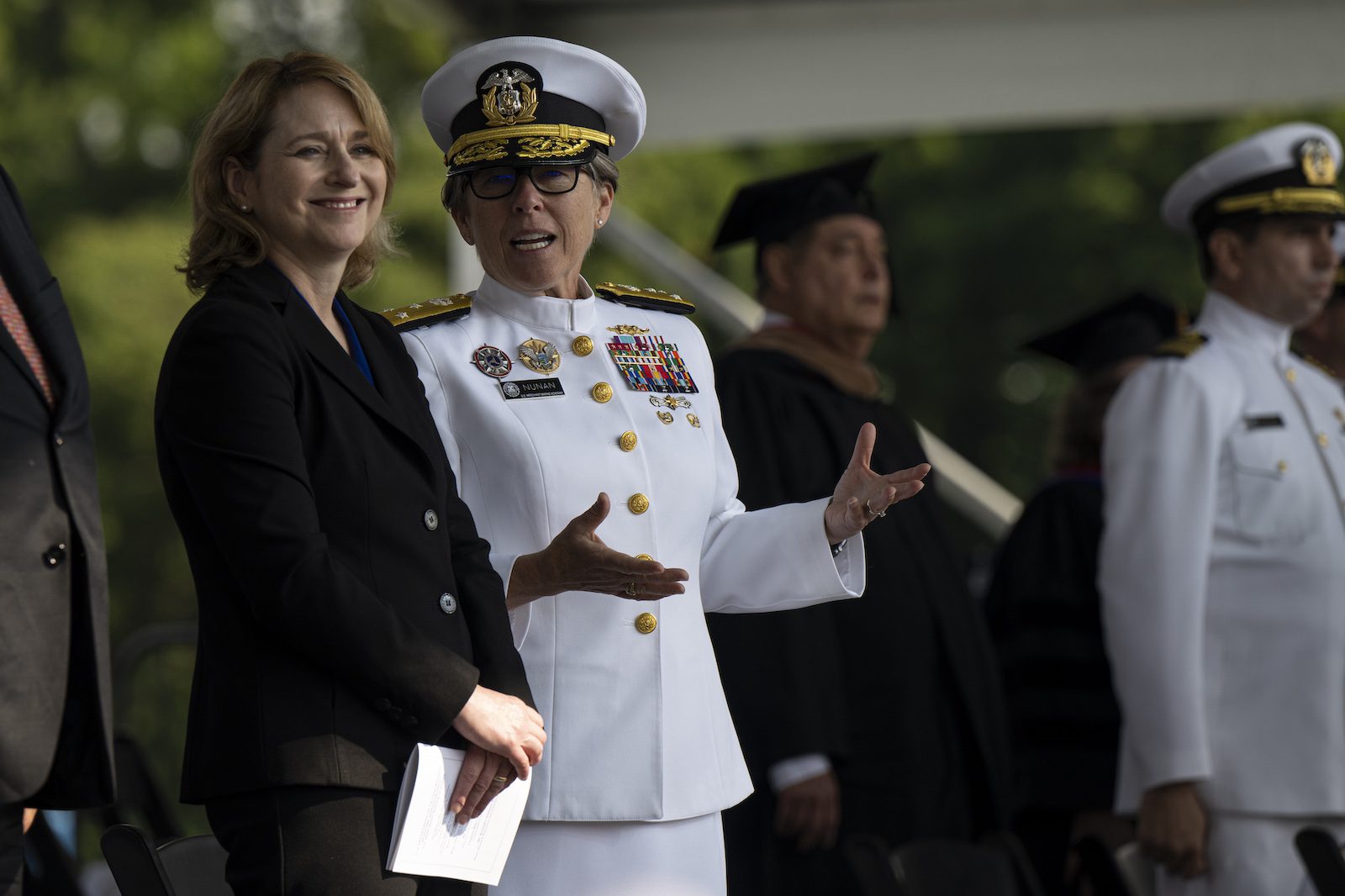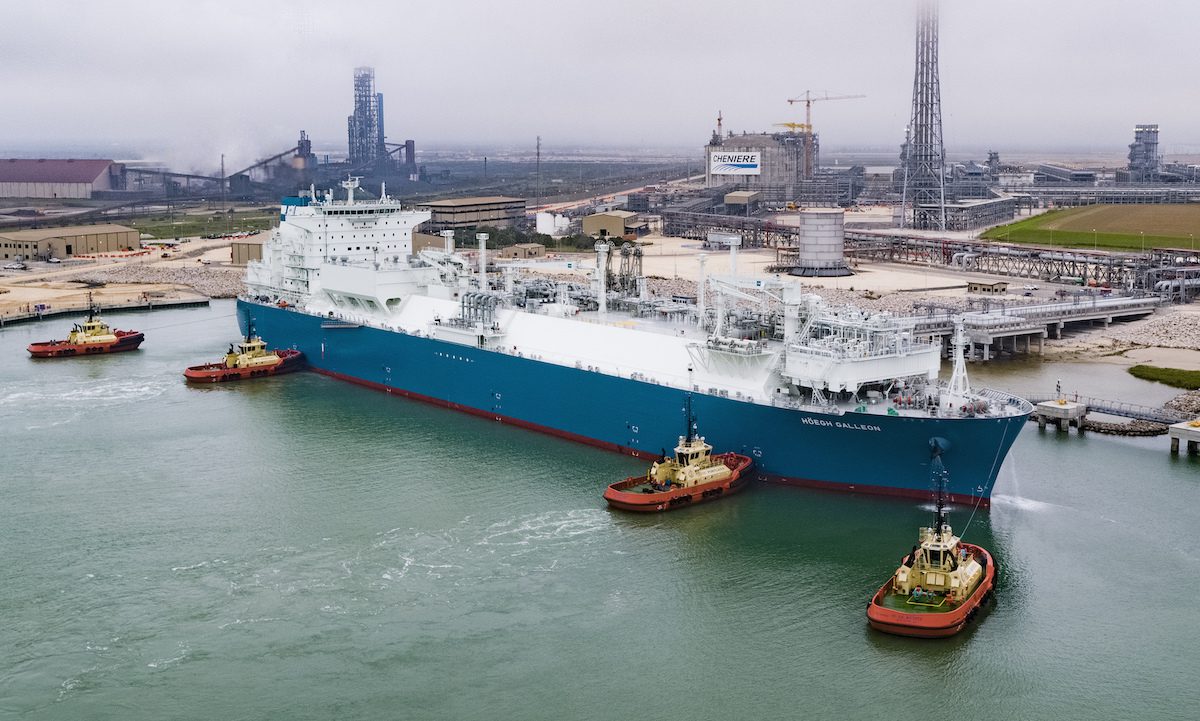Corvus Energy has been selected to supply the battery systems for the world’s largest 100% electric Ro-Pax ferry.
With over 40 MWh of energy storage, the battery system will be four times larger than the current largest installation in all of maritime.
The lighweight ferry, built by Incat in Tasmania for Buquebus, will be the first fully-electric vessel in South America, with the longest zero-emission journey, highest speed, and charged with the world’s highest capacity chargers.
Incat in July awarded Wärtsilä the contract to supply the propulsion system and waterjets for the project. In addition to the battery system, Wärtsilä’s full scope of supply includes an energy management system, a power conversion system, DC shore charging system, DC hub, eight electric motors, eight axial flow WXJ1100 waterjets, and ProTouch propulsion control system.
“This groundbreaking project marks a turning point in the maritime industry’s effort to transition towards greener means of transportation,” said Halvard Hauso Commercial Director Europe, Corvus Energy. “Combining cutting-edge technology, environmental consciousness, and innovative design, it redefines the future of ferry operations worldwide and paves the way for other large, zero-emission vessels.”
The new ferry will have a length of 130m and the capacity for 2100 passengers and crew, 225 cars, and a 2000 square meter Duty-Free Shop, all on one level.
“The battery power pack that we are supplying will be the largest ever supplied with a unique eight waterjet propulsor configuration,” said Roger Holm, President of Wärtsilä’s Marine Power business. “The eight e-motor waterjet propulsion configuration is the most efficient available on today’s market for this speed range and type application while boasting all the benefits from Wärtsilä’s axial flow waterjet technology – low weight, shallow draft, superb manoeuvrability, and low maintenance.”
The project will utilize Corvus’ lightweight battery technology Dolphin NextGen, which the company describes a game changer for marine battery projects due to its low weight and volumetric density, robustness, and flexibility. The design is based on the architecture of the 4-year, multi-million development program for the Corvus Blue Whale ESS, which included a ground-up redesign of every aspect of battery design.
The battery systems are scheduled for delivery by the end of 2024 and the vessel will enter operation in 2025 between Argentina and Uruguay.

 Join The Club
Join The Club











